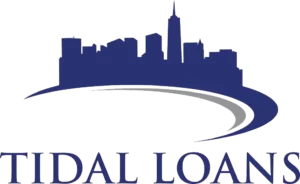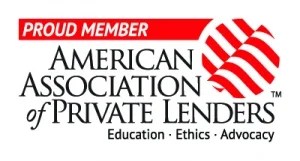Investing in rental properties can be a lucrative venture, but it requires substantial upfront capital, particularly for the down payment. This article outlines the typical down payment requirements for rental properties and factors that influence the amount you need to save.
Typical Down Payment Requirements
Conventional Loans
Conventional loans are a common financing option for rental properties. The down payment requirements for these loans are generally higher than those for primary residences:
- Minimum Down Payment: Typically, lenders require a down payment of 15% to 25% of the property’s purchase price for a single-family rental property.
- Multi-Family Properties: For properties with two to four units, the down payment requirement may be higher, often around 25% or more.
FHA Loans
While FHA loans are usually associated with primary residences, they can sometimes be used for multi-family rental properties if the buyer plans to live in one of the units:
- Minimum Down Payment: 3.5% for owner-occupied properties with up to four units.
- Occupancy Requirement: The borrower must live in one of the units for at least one year.
VA Loans
VA loans, offered to eligible veterans and active-duty service members, typically do not require a down payment for primary residences and may include multi-family properties if the borrower occupies one of the units:
- Down Payment: Often zero for qualifying veterans for owner-occupied multi-family properties.
Investment-Specific Loans
Some lenders offer loans specifically designed for real estate investors:
- Minimum Down Payment: These loans often require down payments of 20% to 30%.
- Higher Interest Rates: Expect slightly higher interest rates compared to conventional loans due to the increased risk.
Factors Influencing Down Payment Amount
Credit Score
A higher credit score can help you secure a lower down payment and better loan terms. Conversely, a lower credit score may require a larger down payment to offset the lender’s risk.
Loan-to-Value (LTV) Ratio
The LTV ratio compares the loan amount to the property’s appraised value. A lower LTV ratio (higher down payment) can result in better loan terms and lower interest rates.
Property Type and Condition
- Single-Family vs. Multi-Family: Multi-family properties generally require higher down payments.
- Property Condition: Lenders may require a higher down payment for properties in poor condition or those needing significant repairs.
Rental Income Potential
Lenders consider the potential rental income from the property. Properties with higher rental income potential may qualify for lower down payment requirements.
Example Calculations
Here are some example calculations to illustrate typical down payment amounts:
Example 1: Single-Family Rental Property
- Purchase Price: $300,000
- Down Payment (20%): $60,000
Example 2: Multi-Family Rental Property (Four Units)
- Purchase Price: $500,000
- Down Payment (25%): $125,000
Saving for a Down Payment
Create a Savings Plan
- Budgeting: Track and reduce expenses to increase savings.
- Automate Savings: Set up automatic transfers to your savings account.
Leverage Home Equity
If you own a primary residence, consider a home equity loan or HELOC to fund the down payment for your rental property.
Explore Down Payment Assistance Programs
Some state and local programs offer down payment assistance for real estate investors. Research available programs in your area.
Partnerships and Joint Ventures
Partnering with other investors can help you pool resources to meet down payment requirements.
Conclusion
The down payment required for a rental property varies based on the type of loan, property, and your financial profile. Generally, you can expect to need 15% to 30% of the purchase price. Understanding these requirements and planning accordingly can help you secure financing and make a successful investment in rental property.


